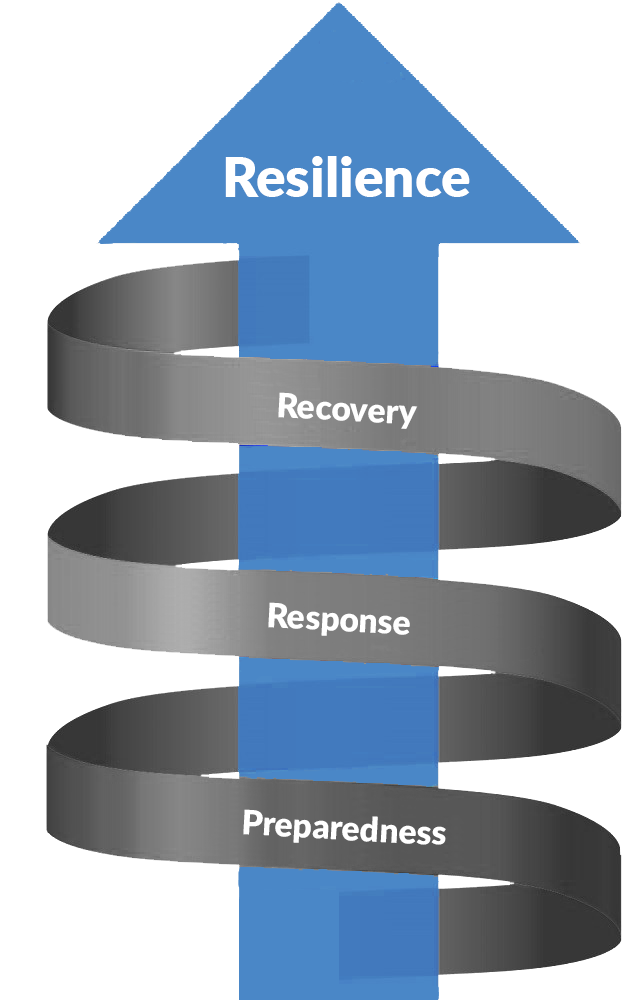
EMERGENCY MANAGEMENT
Satellite-based information in emergency situations
In crisis situations, fast infomation together with accurate and up-to-date information is needed. This improves the coordination and effectiveness of emergency response activities on the ground. Standard products of the services are basic reference and crisis information maps (extent of the crisis and damage assessment).
Basic reference information give an overview on existing infrastructure, important points of interests and the structure of the affected area in general.
This information is often available locally but can not be accessed at short notice and is therefore not available in the race for rapid emergency aid. Furthermore, emergency response teams not knowing the affected area very well, could get a first base for orientation and communication, as well as using it for planning purposes. Based on comparisons with real and simulated activities, we have proven to minimize the time-consuming digitization and visual interpretation of appropriate satellite data. The benefits depend heavily on the completeness of the data / topics as well as the detailing and timeliness.
What we can do:
- Rapid provision, processing and analysis of satellite imagery during and after natural or man-made disasters
- Production of maps
- Crisis information
- Individual requests
- Fast delivery of crucial information
- Individual analysis on a local scale
- Worldwide coverage
- Individual area of interest
- Support of situation assessment of the affected region

Overview for crucial situations
The Emergency Management System incorporates several key information resources and visualizes and tracks relevant alerts in near real-time around the world. For NGOs, many different warning systems cover all necessary areas which are needed for fast response, and alert to incidents, threats and hazards as they occur or evolve. By delivering detailed and up-to-date information in case of natural disasters (earthquakes, tsunamis, cyclones, flooding, landslides,…) or humanitarian crises, our service provides vital information to the authorities so that they can respond more quickly and efficiently to disaster scenarios.
The Emergency Management System also aims to monitor risk indicators and vulnerability information on specific areas of interest. The purpose of this system is to collect and analyze data and map various vulnerability indicators and then forward it to teams on the ground to improve the local preparedness of NGOs and the local community for upcoming disasters. This satellite-based system has the advantage, that also larger regions can be mapped with only one image acquisition and additionally could give crisis information for areas which are hard to access.


